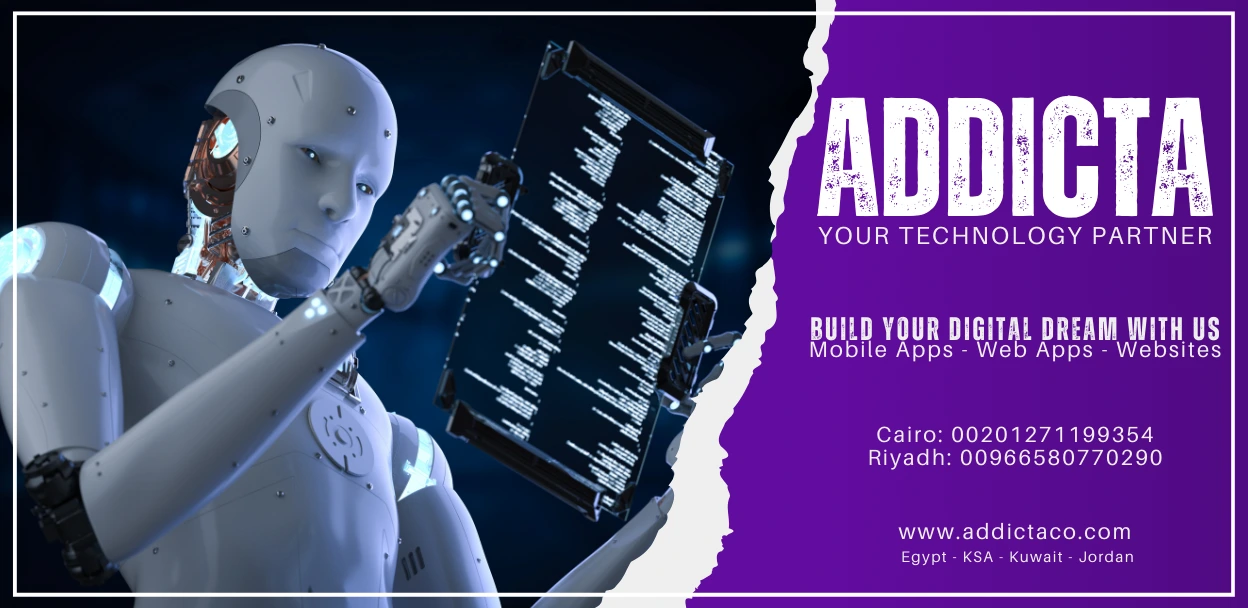Artificial Intelligence (AI) in education refers to the use of intelligent systems and tools to enhance learning experiences, streamline administrative tasks, and foster personalized teaching methods. AI is transforming traditional classrooms into tech-savvy environments, enabling students and educators to benefit from smarter, more efficient systems. From adaptive learning platforms to AI-powered tutors, the possibilities are endless for Artificial Intelligence in Education.
5 Advantages of Artificial Intelligence in Education
1. Personalized Learning
AI tailors educational experiences to each student by:
- Adapting Content to Individual Needs: AI analyzes a student’s learning style and adjusts content accordingly.
- Tracking Progress Over Time: Detailed reports help students and educators monitor achievements and areas for improvement.
2. Automated Administrative Tasks
AI simplifies administrative work by:
- Efficient Grading Systems: Automating assignment grading saves time for educators.
- Streamlining Schedules: AI tools organize and optimize class schedules.
3. 24/7 Tutoring and Support
AI enhances learning accessibility with:
- Virtual Assistants: Chatbots answer common student queries instantly.
- Interactive Tutorials: AI-powered tutors provide step-by-step guidance on complex topics.
4. Real-Time Feedback
AI promotes continuous improvement through:
- Instant Error Detection: Identifying mistakes in assignments or quizzes immediately.
- Customized Learning Recommendations: Suggesting resources or strategies to address weaknesses.
5. Integration of AI into Educational Curricula
AI prepares students for future challenges by:
- Skill Development: Teaching students how to use AI tools effectively.
- Innovative Learning Platforms: Incorporating virtual reality and gamification into lesson plans.
5 Disadvantages of Artificial Intelligence in Education
1. Risk of Errors and Bias
AI systems are not infallible and can lead to:
- Algorithmic Bias: Errors stemming from incomplete or biased data.
- Misinterpretation of Student Performance: Flawed insights may hinder accurate assessments.
2. Dependence on Technology
Over-reliance on AI poses risks like:
- Reduced Teacher Involvement: Diminishing the role of educators in the classroom.
- Technical Failures: Malfunctions or downtime disrupting learning processes.
3. Privacy Concerns
Data security issues arise due to:
- Data Breaches: Sensitive student information being compromised.
- Unethical Data Usage: AI tools exploiting personal data for unintended purposes.
4. Lack of Human Interaction
AI lacks the emotional depth of human educators, leading to:
- Reduced Emotional Support: Students missing out on empathy and encouragement.
- Weakened Peer Connections: Limited opportunities for collaborative learning.
5. Risk of Cheating
AI tools can inadvertently facilitate dishonesty through:
- Automated Answer Generators: Allowing students to bypass learning.
- Unmonitored Online Assessments: Increasing opportunities for unethical practices.
The Future of Artificial Intelligence in Education
As technology continues to evolve, the role of Artificial Intelligence in Education will only expand. Future advancements may include fully automated classrooms, AI-driven lesson plans, and virtual reality learning environments. These innovations have the potential to bridge educational gaps and make quality education accessible to students worldwide.
Additional Benefits of Artificial Intelligence in Education
Enhancing Inclusivity
AI tools can help break barriers by:
- Assisting Special Needs Students: Providing tailored resources for students with disabilities.
- Language Translation: Making education accessible in multiple languages.
Promoting Lifelong Learning
AI encourages continuous education through:
- Adaptive Platforms for Adults: Catering to professionals seeking upskilling opportunities.
- Self-Paced Online Courses: Allowing learners to study at their convenience.
How to Successfully Implement and Use AI in Education
- Identify Goals: Define what you want to achieve with AI tools, such as improving student outcomes or reducing administrative workloads.
- Choose the Right Tools: Select AI solutions that align with your institution’s needs and capabilities.
- Train Educators: Provide comprehensive training to teachers and staff to ensure they can effectively use AI systems.
- Monitor and Evaluate: Continuously assess the impact of AI on learning outcomes and make necessary adjustments.
- Prioritize Privacy: Implement strong data protection measures to safeguard student information.
Ready to Transform Your Institution? Drive innovation and growth with a winning AI strategy for your business. Learn more about implementing AI effectively.
Artificial Intelligence in Education is more than a trend; it is a transformative force shaping the future of learning. By understanding its advantages, addressing its challenges, and implementing it wisely, educators can unlock its full potential to create smarter, more inclusive learning environments.
Drive Your Vision Forward with Addicta Software Company
Partner with Addicta Software Company to revolutionize the way you integrate technology into education. Our expertise in developing cutting-edge AI solutions ensures your institution stays ahead in the rapidly evolving educational landscape. Let us help you craft smarter, more innovative systems tailored to your unique needs. Contact us today!

